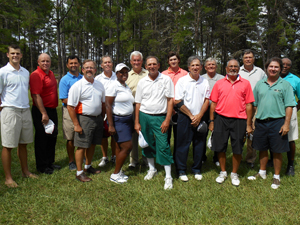Blog
US CUP, US MATCH PLAY ENTRY DEADLINES THIS MONTH
“PRO” FILES – USGTF PROFESSIONAL MIKE STEVENS
PUTTING LESSONS: THE LESSONS THAT ARE OFTEN FORGOTTEN
WHO DETERMINES THE RIGHT TO PRIVACY?
TEACH CORRECT WARM-UP TECHNIQUES
Mental Game: Finding the zone
AUGUST SPECIALS FROM THE CORPORATE STORE & CLOSEOUTS
The USGTF Corporate Store features apparel and accessory items with our USGTF logo and great prices. Readmore





